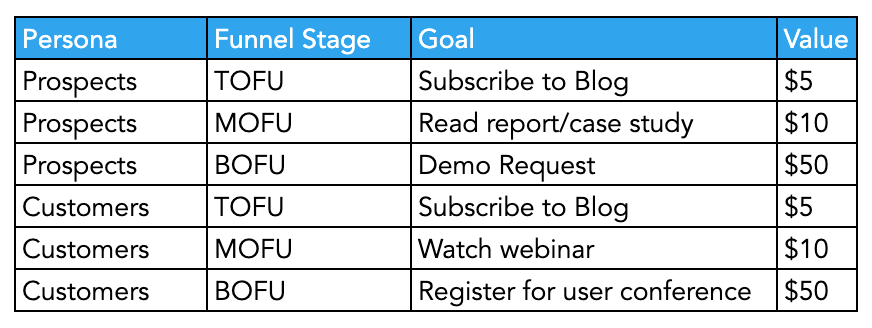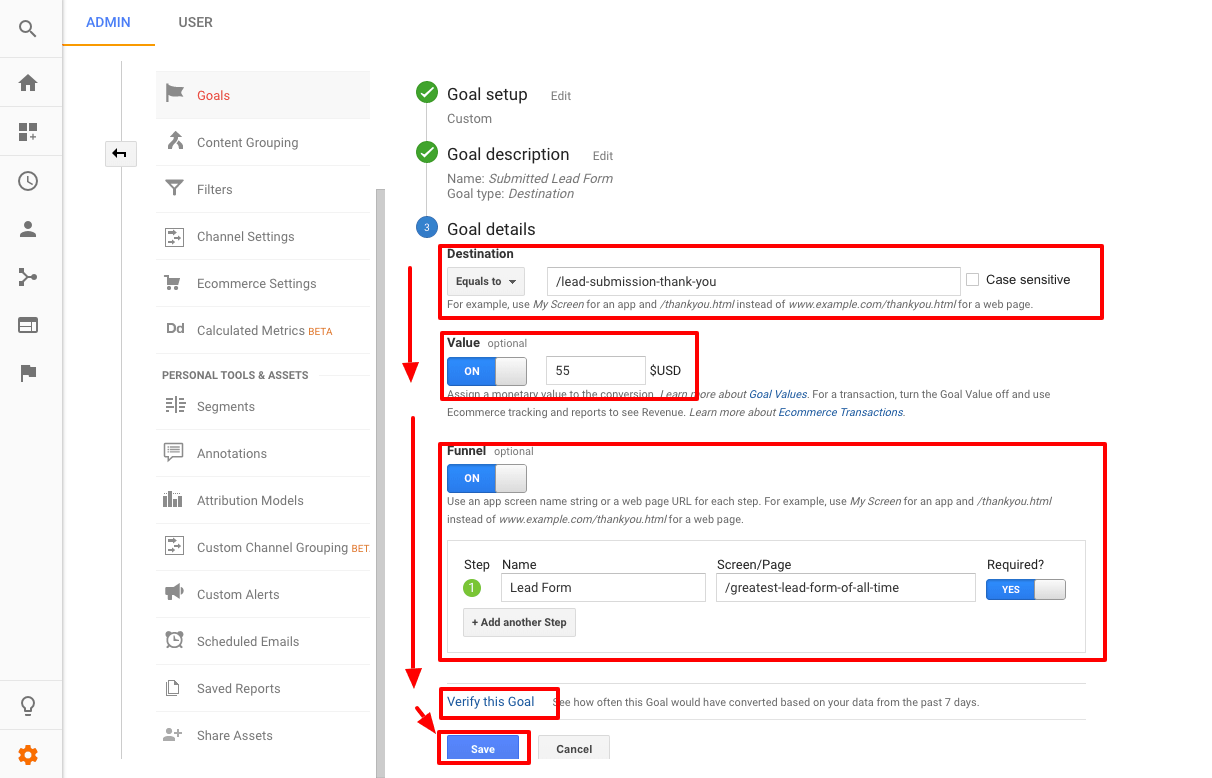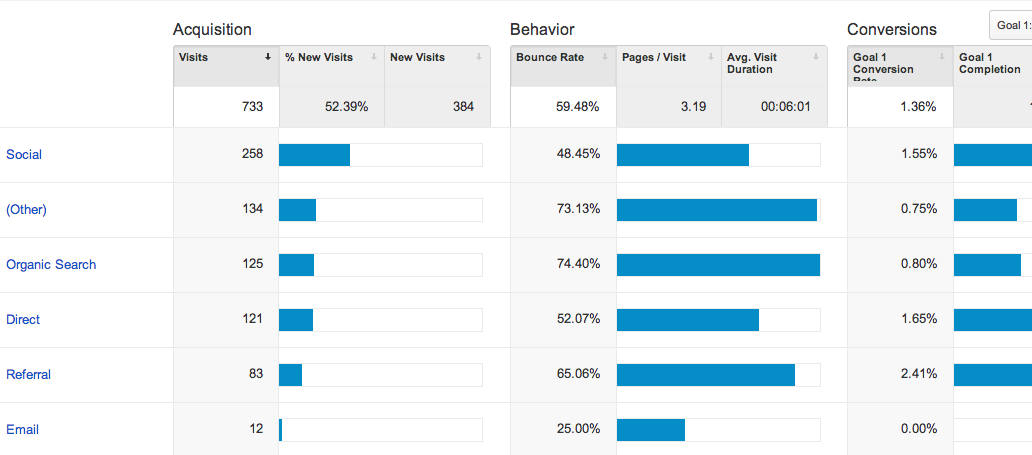Revealing the Blind Spots: Understanding What Google Analytics Goals Can not Gauge
In the realm of electronic analytics, Google Analytics stands as a powerful tool for monitoring and examining online user interactions. Recognizing what Google Analytics objectives can not measure is vital for obtaining a detailed view of individual habits and interaction.
User Behavior on External Platforms
Recognizing just how users engage on external systems is important for maximizing online approaches. Outside systems, such as social networks networks, reference websites, and online forums, play a considerable function in driving traffic to a business's website. By evaluating user actions on these systems, companies can obtain valuable understandings into the performance of their advertising efforts and the preferences of their target market.
One trick element of user actions on exterior platforms is the recommendation resource. By tracking where the users are originating from, services can identify which systems are driving the most traffic to their internet site. This info can help firms designate their resources better, concentrating on the platforms that yield the ideal outcomes.

Offline Interactions and conversions
Assessing individual actions on exterior systems gives useful understandings into on-line strategies; nevertheless, considering offline conversions and communications is equally necessary for a thorough understanding of a firm's total performance. While Google Analytics excels at tracking online communications, it drops short in recording the total client journey that frequently includes offline touchpoints. Offline conversions, such as in-store acquisitions or phone queries, play a considerable role in several organizations' success. Neglecting these interactions can cause an altered view of the performance of marketing projects and general business efficiency.

Attribution Beyond Last Click
When delving right into the world of electronic marketing analytics, it ends up being necessary to look beyond the single touchpoint of the last click for a more extensive understanding of attribution. While Google Analytics gives valuable insights into user habits, depending exclusively on last-click acknowledgment can be restricting - what data is google analytics goals unable to track. Acknowledgment models that exceed the last click offer a much more nuanced sight of the client trip, taking into consideration all the touchpoints that result in a conversion
Acknowledgment past the last click enables marketers to appoint credit history to different interactions along the conversion course, offering a clearer photo of the performance of different marketing channels. By discovering multi-touch acknowledgment designs such as linear, time degeneration, or position-based acknowledgment, companies can better allot their advertising budget plans and optimize their approaches for maximum impact.
Recognizing the impact of each touchpoint in the conversion process is critical for making educated decisions and maximizing ROI. By welcoming attribution past the last click, services can gain much deeper insights right into client actions and tailor their advertising and marketing initiatives more properly.
Cross-Device and Cross-Browser Tracking

In a similar way, cross-browser tracking enhances cross-device tracking by capturing user habits as they change in between various internet internet browsers. Understanding how individuals engage with internet sites on various browsers can help marketing experts optimize their online experiences to ensure consistency and functionality across different platforms.
Qualitative Data and User Intent
Understanding user intent through qualitative information website here evaluation is important for establishing targeted digital advertising methods that resonate with the needs and preferences of the target audience. Qualitative information provides understandings right into the 'why' behind individual actions, clarifying motivations, emotions, and choices that measurable information alone can not catch. By examining individual feedback, remarks, and communications, marketing experts can discover important info about customer intent, permitting them to tailor their messaging, content, and offerings to better straighten with what their target market is seeking.
Qualitative data additionally assists in comprehending the context in which users involve with a web site or app. This contextual understanding enables marketing professionals to produce more customized and relevant experiences, inevitably driving greater involvement and conversion rates. By diving into customer intent via qualitative information evaluation, organizations can obtain a deeper understanding of their target audience, causing much more reliable advertising strategies that satisfy users' expectations and requirements.
Verdict
To conclude, Google Analytics objectives have restrictions in gauging user habits on external platforms, offline conversions, acknowledgment beyond last click, cross-browser and cross-device tracking, and qualitative data connected to user intent. what data is google analytics goals unable to track. It is necessary for businesses to be familiar with these dead spots in order to supplement their data analysis with various other devices and methods to get an extra extensive understanding of their target market and boost their overall digital advertising approaches
By analyzing user behavior on these platforms, organizations can gain important insights right into the performance of their advertising and marketing efforts and the preferences this post of their target audience.
Evaluating individual actions on external platforms offers important understandings right into on-line approaches; however, thinking about offline conversions and interactions is similarly important for an extensive understanding of a business's general efficiency.In electronic advertising and marketing analytics, relocating past last-click attribution to explore cross-device and cross-browser tracking is vital for getting an all natural understanding of customer communications across different platforms and gadgets. By evaluating individual feedback, comments, and interactions, marketing professionals can discover important info about user intent, allowing them to customize their messaging, web content, and offerings to much better line up with what their audience is seeking.
By diving right into individual intent through qualitative information evaluation, organizations can obtain a much deeper understanding of their target audience, leading to much more effective advertising and marketing approaches that satisfy individuals' needs and expectations.